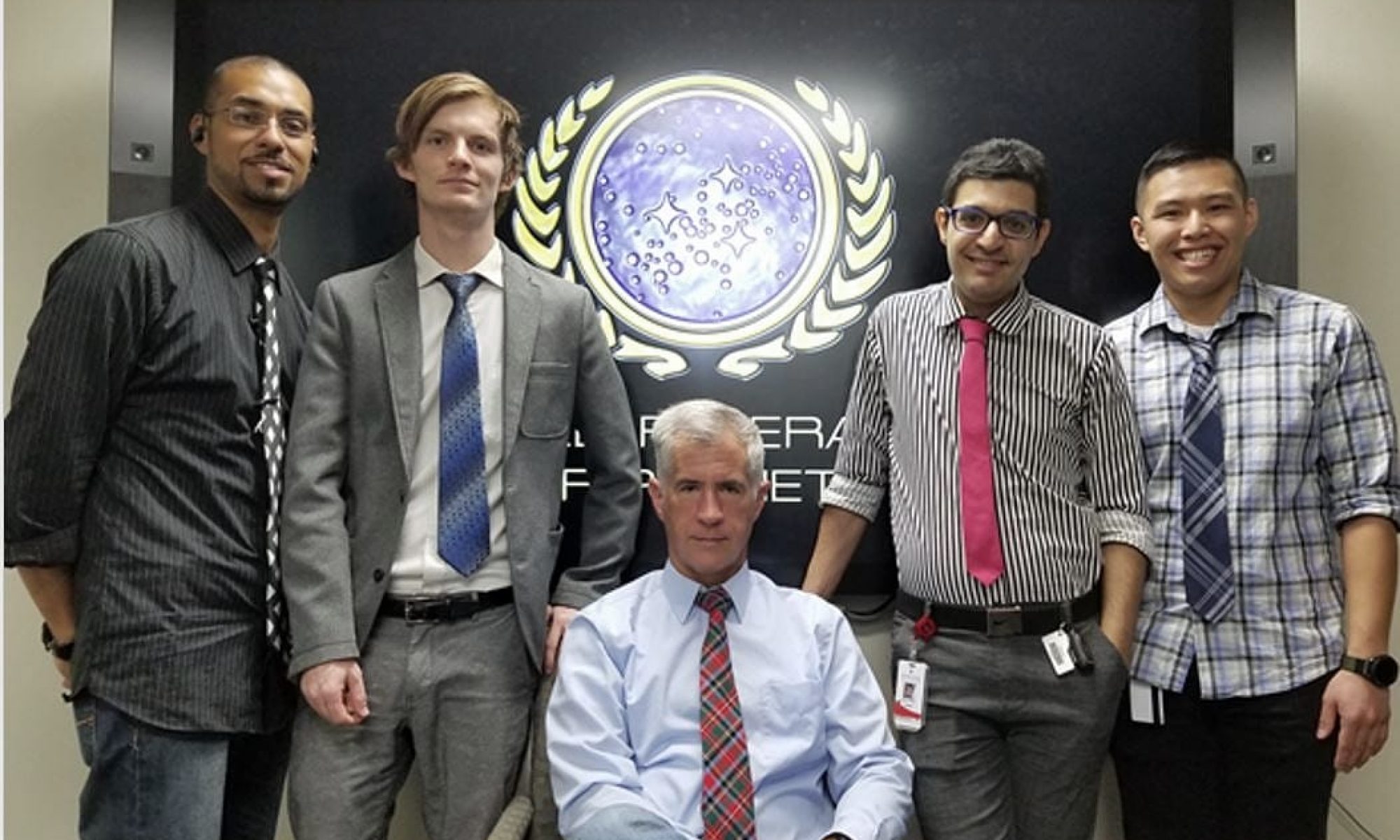Dnase1L3
- Free floating extracellular dsDNA induce anti-double-stranded DNA antibodies and leads to inflammation
- Dnase1L3 loss-of-function mutations lead to pediatric-onset SLE and a high incidence of lupus nephritis.
- Dnase1L3 is unique:
- Not be inhibited by actin
- Degrade chromatin
- Degrade post-apoptotic microparticles
- Contains positively charged C-terminus
Dysferlin
Muscle is unique among the tissues of the body in that its primary function is to generate mechanical force. These relatively large forces introduce damage in the form of rips and tears within the membrane of the muscle cells. Without an in vivo repair mechanism, muscle tissue would be unable to function. Dysferlin is a 237kDa multi-domain protein that is expressed at high levels in skeletal and cardiac muscle tissue, and appears to play a critical role in resealing tears in the muscle cell phospholipid membranes. This protein is made up of 7 tandem C2 domains (labeled C2A, C2B, C2C…) that are distributed along the length of the protein. Mutations within the dysferlin gene in humans can result in Limb-Girdle muscular dystrophy (LGMD), presumably resulting from an impaired ability to reseal damaged muscle tissue. To understand what this protein could be doing at the atomic level, we recently solved the 2.0Å X-ray crystal structure of the C2A domain of human dysferlin.
Now that we have a high resolution structure of one of these domains, we would like to establish why point mutations such as V67D produce severe phenotypes in Limb-Girdle Muscular Dystrophy patients. We hope to one day discover drugs that may stabilize this mutant C2 domain, to provide some degree of treatment for patients with this form of muscular dystrophy.
FerA
FerA is a domain of Dysferlin, it has several unique properties and acts as a calcium switch
Pyrox-D1
Pyrox-D1 is a necessary protein for fetal development, deletion results in cardiac maladies. Pyrox is an oxidioreductase.
